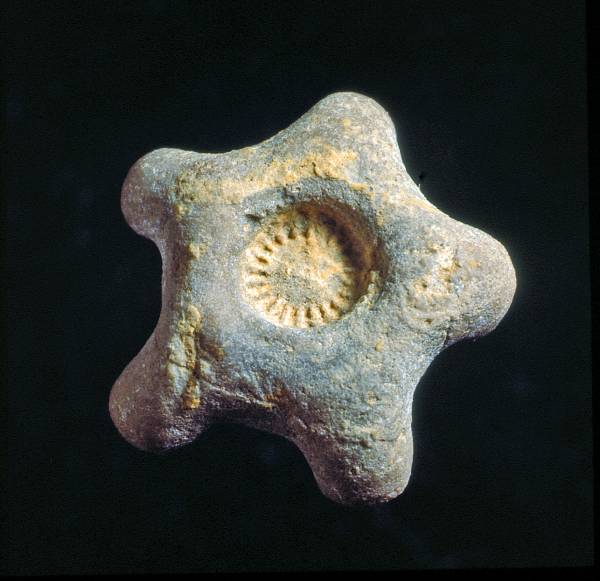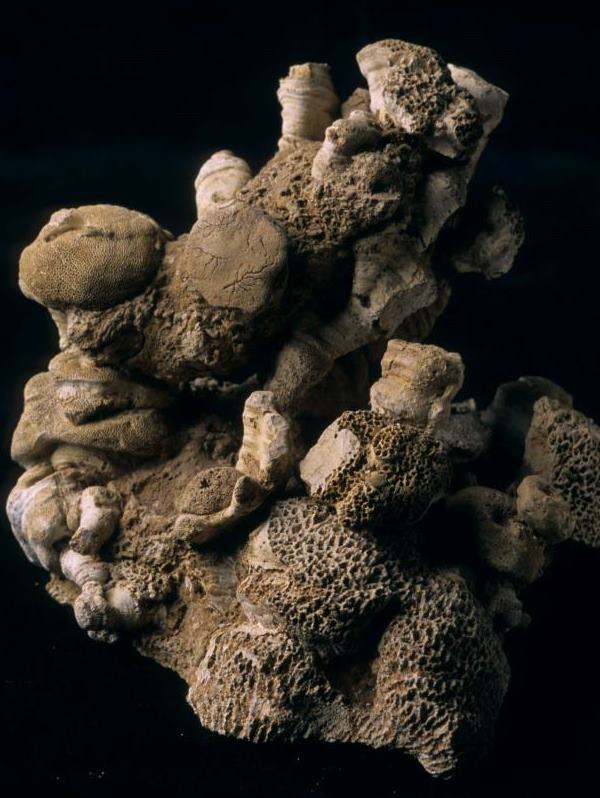
Living beings have a peculiar trait. They can survive through time beyond the limits of their short life span.
Not all though, only fossils. Meaning only those capable of leaving "petrified" traces of their existence, of their body, or at least an impression of it.
For this to occur, two conditions are indispensable that justify the presence in the museum of over 20,000 fossil specimens, especially marine fossils, belonging to 1,000 different species. First of all, the lucky circumstance of dying in a place where the organism is protected from one of its worst enemies, meaning air: good insulating materials for instance are: drops of plant resin, thin marine mud sediments or volcanic dusts.
The second condition that favours fossilisation is the presence of hard parts resistant to attack from outside, such as for instance shells, bone, carbonised tree trunks.
Fossils not only tell us about what living beings looked like and how they behaved in a far-off past. They also provide experts with lots of very important information and allow them to obtain an idea about the climate, the environment and the period in which they lived.
Thanks to fossils in fact, we now know that the Dolomites were not always the mountains they are today. Starting 234 million years ago, various types of environment succeeded one another in their place: tropical coral reefs rich in animal life, beaches and coastal plains inhabited by large bivalves, deep ocean plains rich in red muds, the ideal habitat for strange spiral-shaped animals called ammonites.
